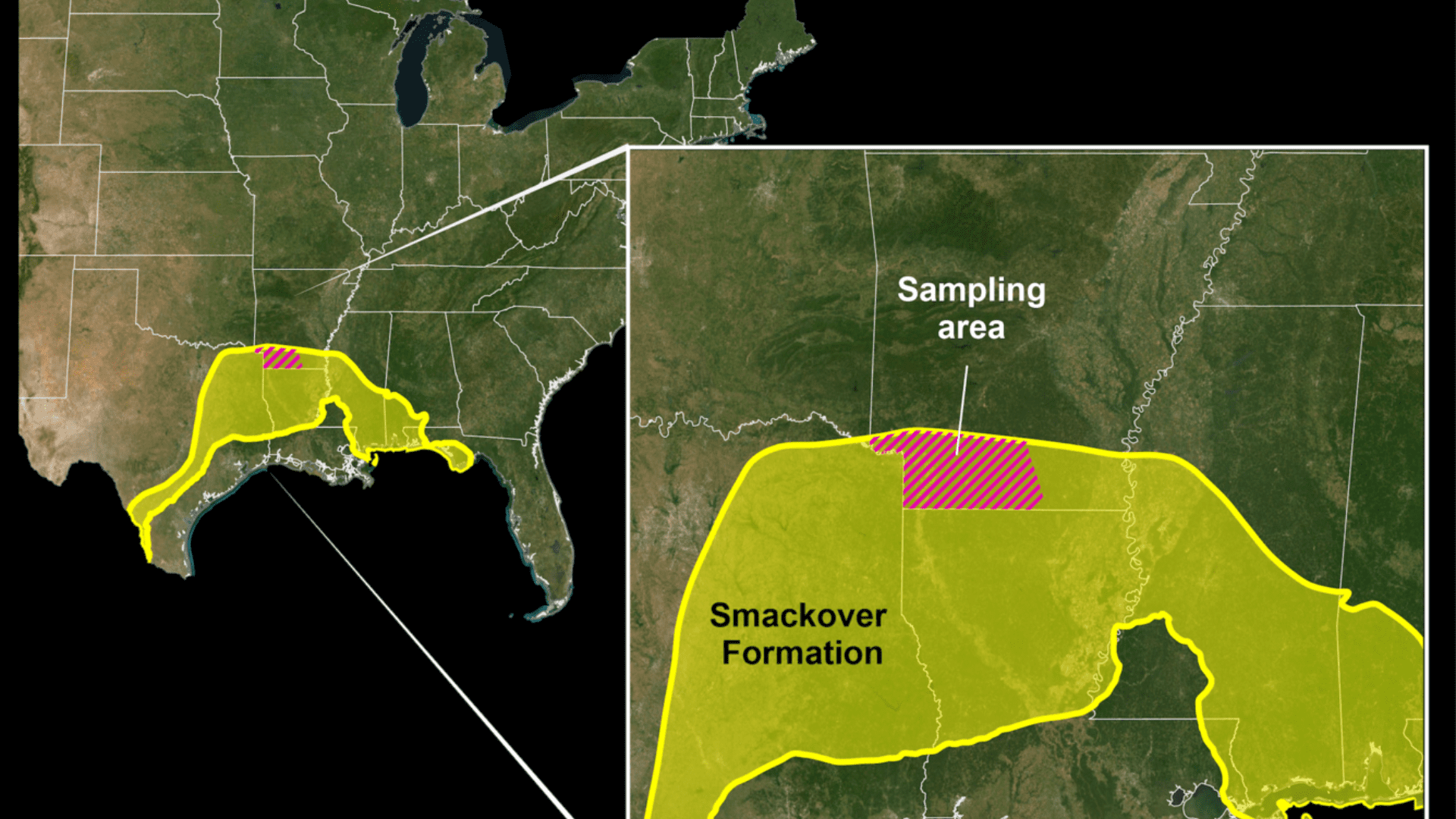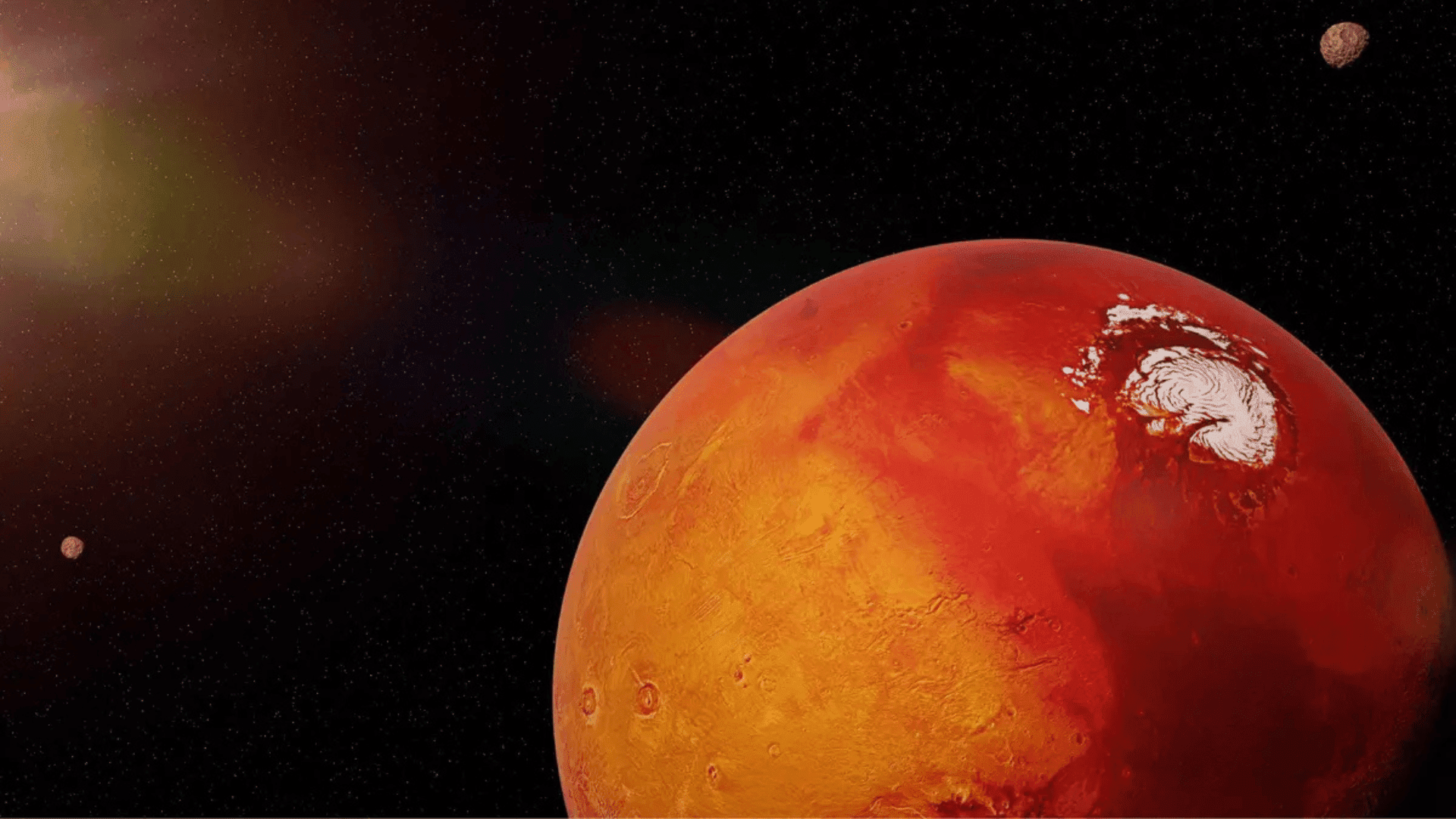In a recently published article, researchers said up to 19 million tons of lithium may be hidden under Arkansas. The paper stated that the researchers had “calculated that there are 5.1 to 19 million tons of lithium in Smackover Formation brines in southern Arkansas.” Demand for lithium is rising because of its use in rechargeable batteries for important products like phones and cars.
In a release from the U.S. Geological Survey (USGS), “the Smackover Formation is a relic of an ancient sea that left an extensive, porous, and permeable limestone geologic unit that extends under parts of Arkansas, Louisiana, Texas, Alabama, Mississippi, and Florida.”
A Critical Mineral

The USGS labels lithium as a critical mineral. In fact, the International Energy Agency projects the demand for the mineral to increase by more than 40 times by 2040. The mineral is often obtained from brines or salt flats that it evaporates into. For the study, researchers utilized a machine-learning model. According to the article, the model was trained on old and newly collected brine lithium concentration data. The machine-learning model made a map of “predicted lithium concentrations in Smackover Formation brines across southern Arkansas.”
The findings come from USGS and the Arkansas Department of Energy and Environment’s Office of the State Geologist.
“Lithium is a critical mineral for the energy transition, and the potential for increased U.S. production to replace imports has implications for employment, manufacturing, and supply-chain resilience,” said USGS Director David Applegate. “This study illustrates the value of science in addressing economically important issues.”
Katherine Knierim, a hydrologist, and the study’s principal researcher, said, “Our research was able to estimate total lithium present in the southwestern portion of the Smackover in Arkansas for the first time. We estimate there is enough dissolved lithium present in that region to replace U.S. imports of lithium and more.” She added, “It is important to caution that these estimates are an in-place assessment. We have not estimated what is technically recoverable based on newer methods to extract lithium from brines.”






